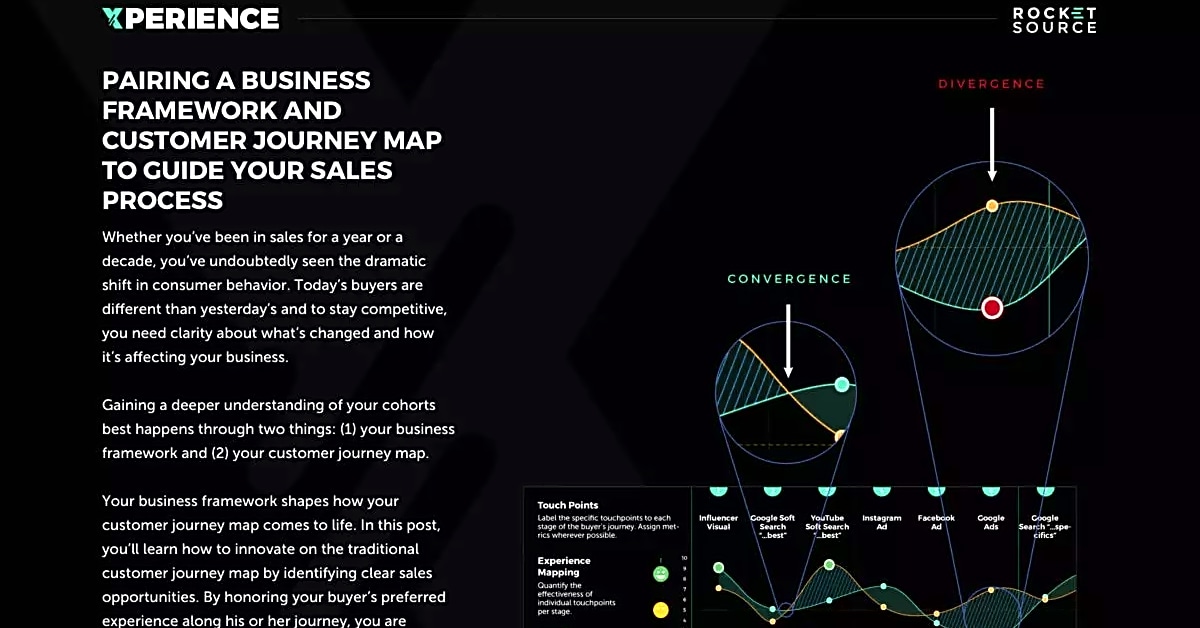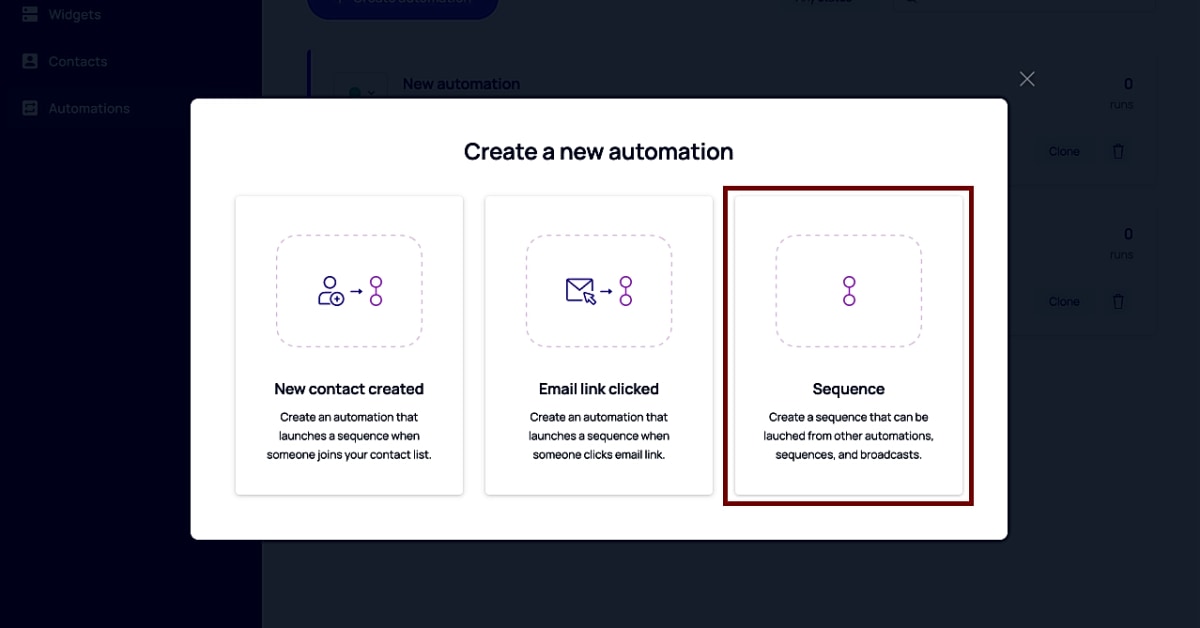Welcome to our article on mapping out your customer journey and touchpoints, and how you can streamline your marketing efforts with automation. In today’s fast-paced and competitive business landscape, it is essential to understand your customers’ journey and identify the touchpoints that are most critical in driving conversions and building lasting relationships. By implementing a successful marketing automation strategy, you can effectively map out your customer journey and optimize your touchpoints to deliver personalized experiences that drive results. In this article, we will delve into the importance of understanding your customer journey, how automation can help streamline your marketing efforts, and provide tips on creating effective workflows and automations. So, let’s dive in and explore how you can take your marketing to the next level with mapping out your customer journey and touchpoints.
First, we’ll delve into the basics of customer journey mapping and touchpoints. This process involves understanding every step that a customer takes when interacting with your brand, from initial awareness to post-purchase follow-ups. By mapping out these touchpoints, you can identify areas where automation can be implemented to streamline your marketing processes. For example, you may discover that certain tasks, such as sending welcome emails or retargeting ads, can be automated to save time and resources while still effectively engaging with your customers.
Next, we’ll cover the various tools and software available for marketing automation. These include email marketing platforms, social media management tools, and customer relationship management (CRM) systems. We’ll discuss the features of each tool and their potential benefits for your marketing strategy. Additionally, we’ll provide tips on how to choose the right tools for your specific needs and budget.
Once you have selected the appropriate tools, we’ll move on to strategies for implementing and using marketing automation effectively. This section will cover best practices for creating workflows, setting up automations, and measuring the success of your efforts. We’ll also address common challenges and how to overcome them, such as ensuring personalized and relevant content in automated emails.
Finally, we’ll explore services and solutions that can support your marketing automation goals. These may include consulting services, training programs, or managed services that can assist with the setup and maintenance of your automations. We’ll discuss the benefits of utilizing these resources and provide tips on how to choose the right service for your business.
By now, you should have a solid understanding of mapping out your customer journey and touchpoints, selecting the right tools for automation, and implementing effective strategies. These steps are crucial in creating a successful marketing automation strategy that can save time and resources while still engaging with your customers in a meaningful way.
Implementing Effective Strategies
In order to successfully implement marketing automation, it’s important to have effective strategies in place. Here are some best practices to help you streamline and automate your marketing processes:
- Identify your target audience: Before mapping out your customer journey and touchpoints, it’s crucial to understand who your target audience is. This will help you tailor your marketing messages and automations to effectively reach and engage with them.
- Set clear goals and objectives: Having a clear idea of what you want to achieve through marketing automation will guide your strategies and help you measure success.
- Utilize data and analytics: Data and analytics provide valuable insights into your customer’s behavior and preferences. Use this information to create personalized and targeted automations.
- Integrate different tools and software: There are various tools and software available for marketing automation. Choose the ones that best fit your needs and integrate them for a seamless automated process.
- Constantly review and optimize: Marketing automation is an ongoing process. Regularly review your strategies and make adjustments as needed to ensure effectiveness.
By following these best practices, you can effectively implement marketing automation to streamline your processes, save time, and improve the overall success of your marketing efforts.
Understanding Customer Journey Mapping and Touchpoints
In order to effectively map out your customer journey and touchpoints, it’s important to first understand what they are and how they impact your marketing strategy. Customer journey mapping is the process of visually representing the various stages a customer goes through when interacting with your brand, from initial awareness to purchase and beyond. Touchpoints, on the other hand, are the specific points of contact or interactions that a customer has with your brand throughout their journey.
By identifying these touchpoints and mapping out the customer journey, you can gain valuable insights into where automation can be most beneficial. This can include streamlining processes, reducing manual tasks, and optimizing communication with customers.
One key area for automation is in lead nurturing. By understanding the different touchpoints along the customer journey, you can create automated workflows that deliver personalized and relevant content to potential customers at each stage. This not only saves time and effort for your marketing team, but also helps to nurture leads and guide them towards a purchase.
Another area where automation can be beneficial is in customer service. By mapping out touchpoints in the post-purchase stage, you can identify areas where automation can improve the customer experience. This could include automated order confirmations, shipping notifications, or follow-up emails to gather feedback on their purchase.
Overall, understanding your customer journey and touchpoints is crucial for identifying areas where automation can streamline your marketing processes and improve the overall customer experience. By taking the time to map out these key elements, you can create more effective workflows and automations that will drive success for your marketing strategy.
Utilizing Services and Solutions
In addition to streamlining and automating your marketing processes, utilizing services and solutions can greatly support your automation goals. These services and solutions offer a range of features such as data management, personalization, and analytics that can help you effectively map out your customer journey and touchpoints. With the right tools and software, you can create workflows and automations that are tailored to your target audience, resulting in more targeted and successful marketing campaigns.
One popular service for marketing automation is HubSpot, which offers a comprehensive platform for managing your customer journey. With features like lead nurturing, email marketing, and social media management, HubSpot allows you to create personalized journeys for your customers and track their interactions with your brand. Other notable services include Marketo, Pardot, and Eloqua, all of which offer similar features for automation and customization.
In terms of solutions, there are a variety of tools available that can assist you in your marketing automation journey. For example, Zapier allows you to connect different apps and automate tasks between them, making it easier to streamline your marketing processes. Similarly, tools like Hootsuite and Buffer allow you to schedule and manage your social media posts in advance, freeing up time for other tasks.
By utilizing these services and solutions, you can effectively map out your customer journey and touchpoints, while also streamlining your marketing efforts through automation. With the right combination of tools and strategies, you can create a seamless experience for your customers and drive successful results for your business.
Exploring Marketing Automation Tools
When it comes to implementing a successful marketing automation strategy, one of the key elements is selecting the right tools and software to support your efforts. There are many options available in the market, each with their own unique features and benefits. In this section, we will explore some of the top marketing automation tools and what sets them apart.
1. HubSpot
HubSpot is a popular choice for businesses of all sizes, offering a variety of features such as lead management, email marketing, social media management, and more. One of its standout features is its ability to track customer interactions across multiple channels, providing a holistic view of the customer journey.
2. Marketo
Marketo is another widely used marketing automation tool that offers features such as lead scoring, lead nurturing, and campaign management. With its advanced analytics and reporting capabilities, Marketo allows businesses to measure the effectiveness of their marketing efforts and make data-driven decisions.
3. Salesforce Pardot
Pardot is part of the Salesforce suite of products and offers a range of features including email marketing, lead scoring, and dynamic content personalization. It also integrates seamlessly with other Salesforce tools, making it a great option for businesses already using Salesforce as their CRM.
When considering which marketing automation tool to use, it’s important to assess the specific features and benefits that align with your business needs. Some key factors to consider include ease of use, scalability, integration capabilities, and pricing.
In conclusion, mapping out your customer journey and touchpoints is essential for streamlining and automating your marketing processes. By understanding these key concepts, utilizing the right tools, implementing effective strategies, and utilizing services and solutions, you can achieve a successful marketing automation strategy. Remember to regularly review and optimize your automations to ensure they continue to meet the needs of your customers and business goals.


